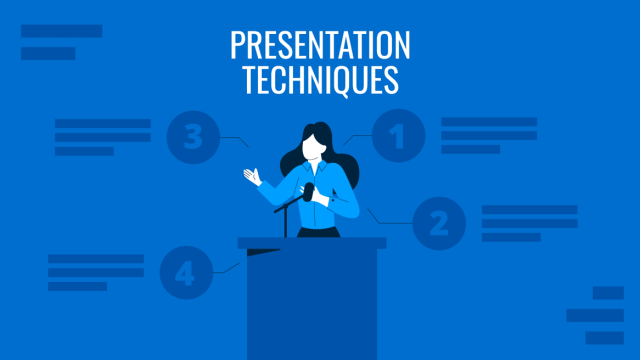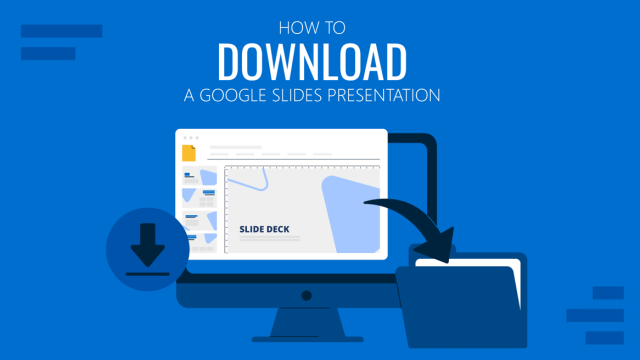
Eye contact is one of the most critical elements of public speaking, but locking onto a single pair of eyes or darting around the room anxiously undermines your presence. The Lighthouse Method provides a structured solution. Instead of staring at individuals, you sweep your gaze across predetermined visual anchor points around the room. Much like a lighthouse casting its beam in steady arcs, this technique ensures that every section of the audience feels included.
The impact is twofold: it projects confidence and creates the impression of audience-wide engagement, while simultaneously calming your own nerves. By anchoring your eyes on specific points rather than wandering, you avoid the common traps of looking scattered, rushed, or disconnected.
Why Anchor Points Enhance Connection
Human attention is wired to respond to eye contact, even when it is simulated. Research on nonverbal communication consistently shows that audiences perceive steady gaze patterns as signs of authority and credibility. When your eyes move predictably, you project composure. When your gaze is erratic, you risk losing trust.
Anchor points provide rhythm. They break down a large room into manageable zones. Each pause of your gaze signals to that section of the audience: I see you, I’m speaking to you. Over time, your delivery develops a natural cadence, as if each arc of your gaze underlines the flow of your message.
For the audience, this creates the illusion of inclusivity. Few people will receive direct eye contact in a room of fifty or five hundred. Yet if you sweep consistently, everyone feels acknowledged.
How the Lighthouse Sweep Feels to the Presenter
At first, rotating your gaze may feel mechanical or even forced. Much like pausing mid-speech feels uncomfortable to beginners, holding your eyes on one anchor point for two to three seconds may feel unnaturally long. In your mind, the sweep may feel stiff, but to the audience, it appears as a calm, deliberate presence.
The key is not to rush. Imagine an actual lighthouse beam: slow, steady, unhurried. As you deliver your lines, let your eyes rest on each anchor point before moving on. Over time, the movement feels fluid rather than forced, and the nervous urge to flick your eyes around diminishes.
The Room Diagram: Placing Your Anchor Points
Picture yourself standing at the front of a presentation space. The Lighthouse Method divides the room into zones. Choose one anchor point per zone. For example:
- Anchor 1: Left-side audience
- Anchor 2: Center audience
- Anchor 3: Right-side audience
In larger rooms, you can extend to five anchor points (far left, left center, center, right center, far right). The idea is not to stare blankly at walls or empty chairs, but to use these positions as proxies. Anyone sitting in those zones feels like you are speaking directly to them.
Rotating Eye Contact Naturally
The challenge is to make the sweep organic rather than robotic. Instead of moving on a strict count, tie your gaze shifts to the rhythm of your speech. Deliver a complete sentence while holding an anchor point, then change as you begin the next thought. This makes the sweep invisible as a technique; it becomes part of your storytelling.
Avoid rapid-fire scanning. Each hold should last long enough for people in that section to register that you acknowledged them. Two to three seconds is usually the ideal duration. The rhythm should resemble breathing: inhale, deliver, sweep; exhale, deliver, sweep.
Linking the Lighthouse with Slide Design
Just as the Power Pause can synchronize with slide transitions, the Lighthouse Method can align with the pacing of your visuals. For example, when introducing a new slide with a bold headline, anchor your gaze on the center of the slide. As you explain supporting details, shift your gaze to the left and right anchors while gesturing to different parts of the screen.
SlideModel’s Timeline Templates and Storytelling PPT Templates are particularly well-suited for this approach. They divide complex narratives into clear sections, letting your eye movements follow the natural flow of the slide. By coordinating gaze, gesture, and slide structure, you reinforce control over the entire room.
The Lighthouse Method in Virtual Presentations
In virtual presentation settings, the concept remains applicable, although the anchor points shift. Instead of physical zones, you anchor your gaze to the corners of your screen while always returning to the camera lens. For example, glance briefly at your slides in the lower corner, then return to the camera for your following sentence. This simulates eye contact with multiple viewers on the other side of the call.
Paired with steady posture and purposeful gestures, the Lighthouse Method online projects the same calm authority as it does in a live room.
Final Words
The Lighthouse Method is about distributing your attention in a way that feels inclusive, controlled, and confident. By fixing your gaze on anchor points rather than fidgeting or avoiding eye contact, you project a sense of presence. By sweeping in a rhythm tied to your words, you transform nerves into composure.
Over time, the Lighthouse sweep stops feeling like a strategy. It becomes a natural extension of how you connect with people.


